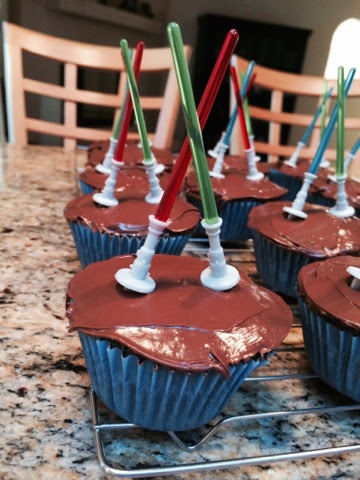Call it a crisp, call it a crumble, nothing makes my house smell more inviting in late summer than a delicious baked fruit dessert. Peach crisp is one of my all-time favorite treats, and I love making it in August and September.
Peach crisp came into my childhood as a recipe off the side of a Bisquick box. Later as an adult living in Italy, I no longer had the recipe- which was not a problem, since I couldn't buy Bisquick at my local supermercato!
I trolled recipe websites for crisp and crumble recipes claiming any association with Betty Crocker, my go-to American dessert reference. I found a recipe to start with, then made a lot of changes. For healthier baking I use whole grains and alternative fats and sweeteners. But the most radical change of all...I've taken out the peaches!
Yep, my favorite peach crisp doesn't have peaches. After one experiment subbing nectarines for peaches, I've never made peach crisp with peaches again.
I love the hint of acid that yellow nectarines bring to the crisp. Choose nectarines that are a touch harder than you would normally eat them, but still plenty juicy.
So long as they're not overly ripe, nectarines are fast and easy to peel with a potato peeler.
The recipe calls for six cups of sliced fruit, that's usually equivalent to about 6 large nectarines.
A crisp, or crumble as it's sometimes called, is essentially like a French apple pie. Fruit slices are coated with a mixture of flour, sugar, and spices, then topped with a butter and sugar streusel blend. The pie crust is eliminated, and I don't miss it in the least! To improve the nutrition served up with this yummy treat, I add oats and walnuts to the crumble topping.
This is a very homey dessert, and it adapts beautifully to alternative baking ingredients. There are no rising agents to worry about, so feel free to sub flour types for your health needs. For instance, replacing the wheat flour with oat flour would work well if you need to eat gluten-free. If you need to cut down on the sugar, leave off the crumble topping, stir the walnuts directly into the filling, and bake the filling alone, with slightly reduced cooking time. You'll miss some of the indulgence, but none of the amazing baking aroma.
And it really is worth the effort to make this dessert just for the awesome smell of it baking in the oven. Another perk- when a few weeks go by, welcome autumn and apple season by replacing the nectarines with tart apples. You'll fall in love with baked fruit all over again.
For the filling:
6 C firm nectarines peeled and sliced
2 T whole wheat pastry flour
1/4 C Turbinado sugar (Sugar in the Raw)
3/4 t cinnamon
3/4 t nutmeg
For the crumble topping:
1/3 C Earth Balance butter substitute
2/3 C (shy) brown sugar
1 t cinnamon
1/4 t salt
1/2 C rolled oats
1/4 C whole wheat pastry flour
1/2 C chopped walnuts
Peel, remove the pits, and slice the nectarines. Arrange slices in a single layer in an 8x8 square oven safe dish. No need to grease the pan.
Dust the slices with the remaining filling ingredients and stir gently to coat the fruit slices with the dry ingredients.
Combine the dry ingredients for the crumble topping (except for the walnuts) into a small bowl. Cut the butter into the dry ingredients with a fork. Stir the walnuts into the topping.
Spread the crumble topping over the prepared fruit. Bake uncovered at 350 for about 55 minutes. Peaches should be bubbly, topping golden brown.
Serve warm with ice cream on top for maximum indulgence and joy. Pictured above with a vanilla flavored frozen almond milk dessert.














































